Framing Materials
When you are considering framing materials before a remodeling project starts there are pros and cons to using both wood or metal studs, making neither option the clean-cut winner. Much of this decision depends on the particular application and your personal preferences. Here’s a quick run-down on the differences between the two types of studs to help you make the best choice for your specific needs. The metal studs described in this post are light gauge and designed for use as partition walls and not load bearing walls.
Strength:
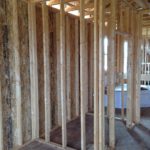 Wood is the stronger of the two materials. Yes, once drywall is screwed to metal studs, the studs become stronger and rigid. However, when remodeling a kitchen or bathroom, metal studs may not be suitable for hanging heavy cabinets, shelves, and mirrors. And, metal can only be used for non-loadbearing walls.
Wood is the stronger of the two materials. Yes, once drywall is screwed to metal studs, the studs become stronger and rigid. However, when remodeling a kitchen or bathroom, metal studs may not be suitable for hanging heavy cabinets, shelves, and mirrors. And, metal can only be used for non-loadbearing walls.
Stability and Durability:
Metal studs get the thumbs up here. Wood can warp, twist, shrink, and expand, especially with changes in humidity. This wood movement can cause nail pops in the future. Since metal studs are not affected by moisture, they work well in water-prone areas such as basements. Metal studs are also impervious to fire, termites, rot, and splitting.
Convenience:
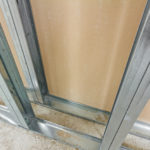
Metal studs are much lighter than their wood counterpart and two metal studs only take up the space of one wood stud. This makes hauling, carrying, and storing metal studs much easier. Because there is no sawdust created, clean-up when using metal studs is easier too.
However, the availability of wood studs is better, as only the most common dimensions of metal studs are readily available.
Construction:
Here’s where personal preference really comes to play. Do you prefer working with wood or working with metal? If you are not sure, here are a few points to consider.
-Since metal studs are attached with screws, mistakes are more easily corrected.
-Metal framing consists of two main components: the track and the stud. You have to know how much of each component is needed.
-Metal studs can be flimsy during the installation and you’ll need a “third hand” and/or vice grips to keep the studs in place as they are being screwed.
-Vapor barriers can be attached with staples when using wood studs. With metal studs, staples won’t work and you may have to use a sealant, a messier option.
-When driving a drywall screw into a wood stud, the wood practically draws the screw into it. Tapping a screw into a metal stud requires a little more work and practice.
-A miter saw or circular saw will cut your wood studs to length. When cutting metal studs, you’ll need tin snips and a miter saw or circular saw outfitted with a special metal-cutting blade.
-Baseboard and casing nails better into wood studs compared to metal studs. This is why baseboards are sometimes glued to the walls when metal studs are involved.
-If you are planning to hang heavy items on walls framed with metal studs, you should reinforce them with wood studs or block them with 2 x 8 supports.
-Because metal studs are basically hollow, standard insulation is too narrow. You must use insulation that is specifically designed for use with metal studs (full 16 inches wide).
Cost:
As a rule of thumb, using wood framing is somewhat less expensive than using metal. Much of the additional cost of using metal studs is due to the specialized fasteners. However, people who are experienced at using metal studs, can put them up faster which saves on labor and can balance out the higher material cost.
Final comments:
Regardless which way you go, wood or metal, keep safety in mind. Always wear safety glasses when cutting either material. When working with metal, wear gloves to protect your hands from the sharp edges. Hearing protection should also be worn, especially when cutting metal studs with a miter saw or circular saw.

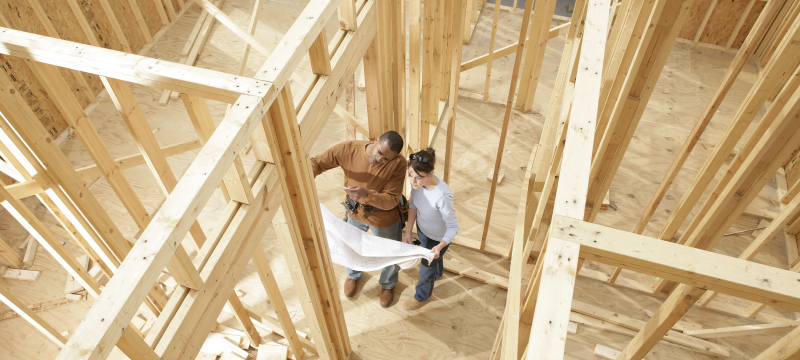
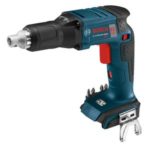

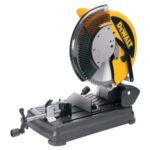
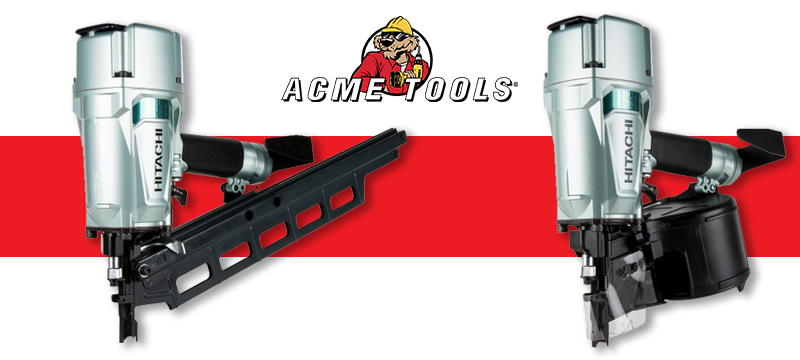

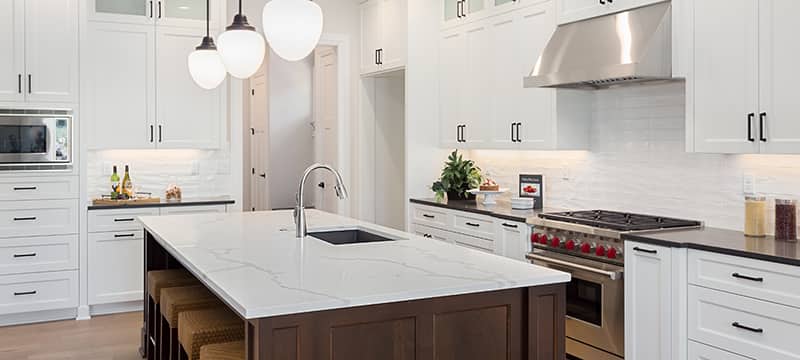
One Comment
James Rayford
August 4, 2020 at 9:04 pmThis was very good. I learned a lot, I am doing a project in NJ. My Mom past away as couple years ago I had go through a lot of red tape.